silicon
Latest

Hit cat game 'Stray' is coming to Macs
Feline-focused cyberpunk adventure ‘Stray’ is officially coming to Mac. The critically-acclaimed title will be available for all Apple silicon models, from the most powerful Mac Studio desktops to standard Macbook Air laptops. This release is only for silicon models, however, so older Intel-based Macs need not apply. There’s no release date yet.

Microsoft Teams has finally been optimized for Apple Silicon Macs
Microsoft has finally released a version of Teams optimized to run Apple Silicon Macs.
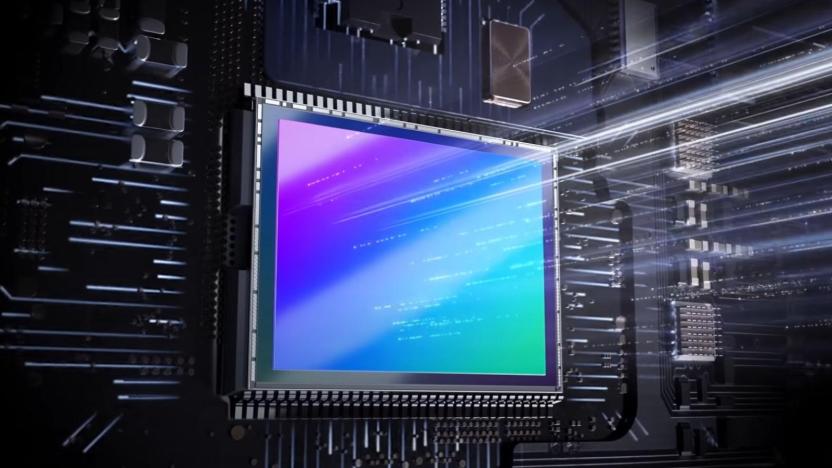
How are camera sensors still improving?
In the latest episode of our Upscaled series, we explain how camera sensors work, and how they'll improve in the near future.
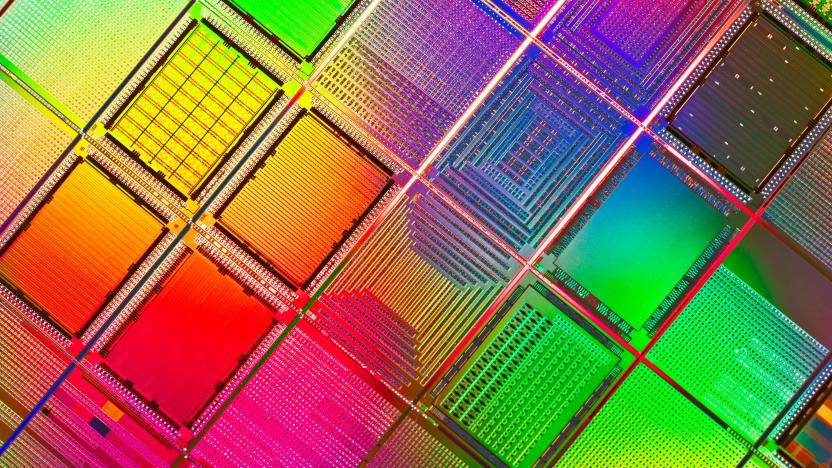
Lawmakers propose 25 percent tax credit to incentivize domestic chip production
A group of bipartisan lawmakers on the Senate Finance Committee have introduced legislation that seeks to incentivize chipmakers to manufacture their silicon in the US.

Apple's next-gen 'M2' Mac processor has reportedly gone into production
Apple's successor to its M1 Apple Silicon chip could arrive in MacBook computers by the second half of this year, according to a report from Nikkei.
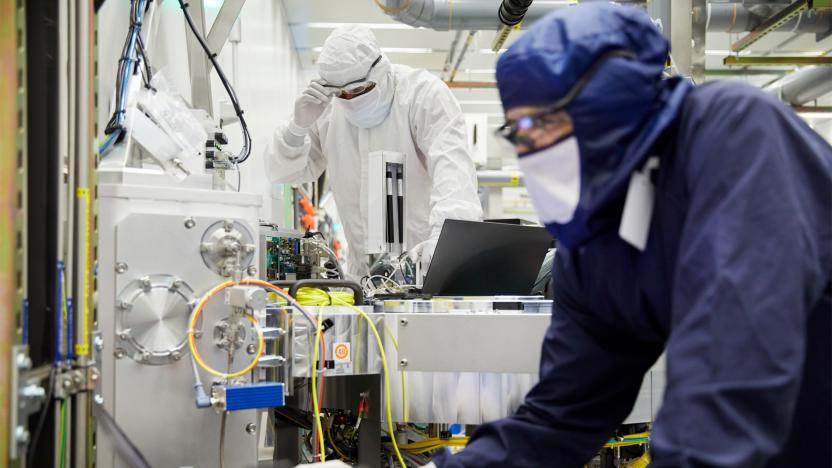
Apple will build another US campus in North Carolina
Apple plans to invest $430 billion in the US economy over five years after exceeding its previous domestic target.
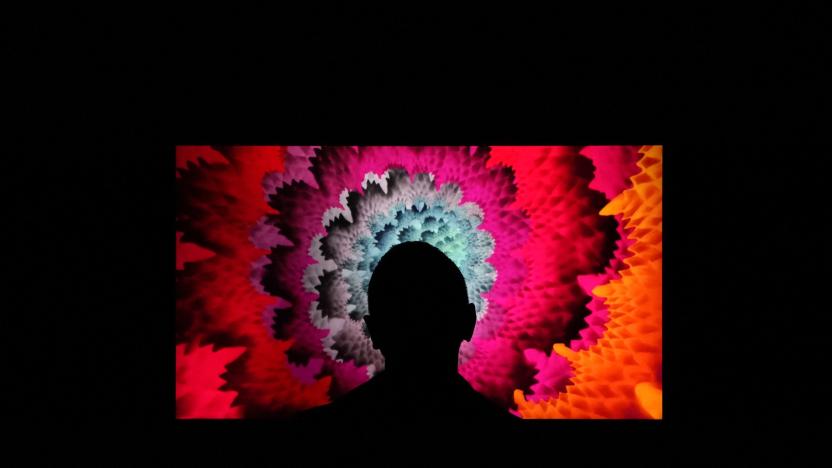
Recommended Reading: NFTs before the hype took over
Recommended Reading highlights the week's best long-form writing on technology and more.

Apple to invest over $1 billion in new Munich silicon facility
Apple is investing a billion euros over the next three years in a German research and development project that will see it build a European Silicon Design Center for 5G tech in Munich.
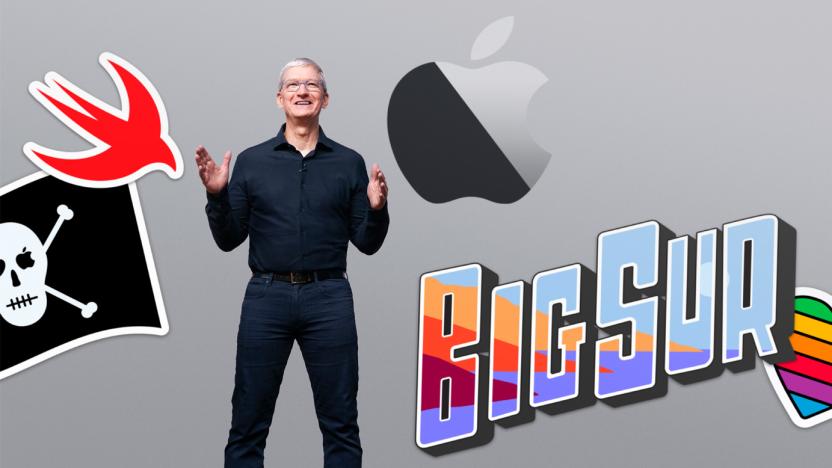
Here's everything Apple announced at its WWDC 2020 keynote
Here's everything you need to know from Apple's Worldwide Developer Conference today.
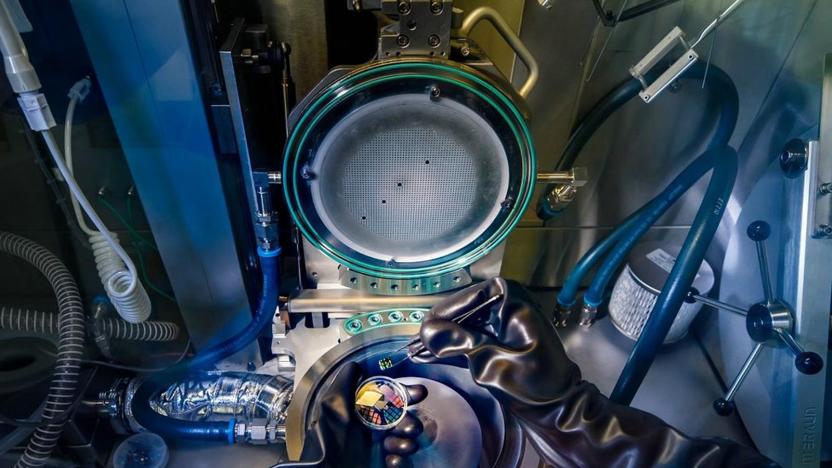
Light-emitting silicon overcomes a major obstacle to denser, faster chips
Light-emitting silicon nanowires are finally a reality, opening the door to a new wave of denser and faster chips.
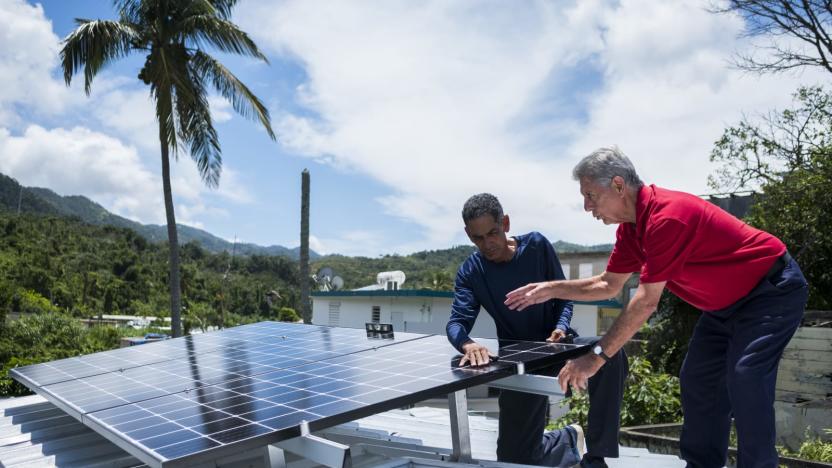
AI-guided material changes could lead to diamond CPUs
Scientists know that you can dramatically alter a crystalline material's properties by applying a bit of strain to it, but finding the right strain is another matter when there are virtually limitless possibilities. There may a straightforward solution, though: let AI do the heavy lifting. An international team of researchers has devised a way for machine learning to find strains that will achieve the best results. Their neural network algorithm predicts how the direction and degree of strain will affect a key property governing the efficiency of semiconductors, making them far more efficient without requiring educated guesses from humans.
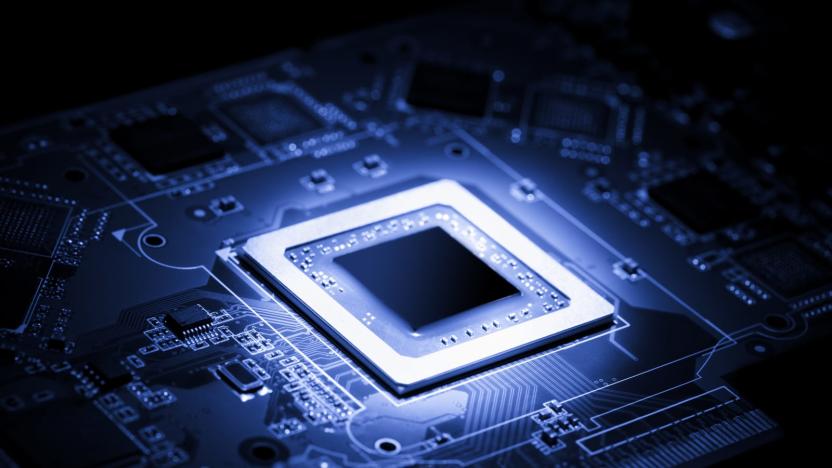
Super-thin semiconductors delay the 'death' of silicon
Silicon has been the backbone of processors for decades, but it's rapidly approaching its physical limits: making a chip on a process smaller than 5 nanometers is usually impossible without introducing problems. How is Moore's Law for chip complexity going to survive? Stanford researchers have a solution: augment it with materials that outdo silicon where it counts. They've pinpointed two semiconductors, hafnium diselenide and zirconium diselenide, that can be made extremely thin (just three atoms thick) while self-insulating far more effectively than silicon. You could get transistors that are 10 times smaller than the smallest you get from silicon alone -- 5nm chips would seem bloated compared to what's possible with these diselenides.
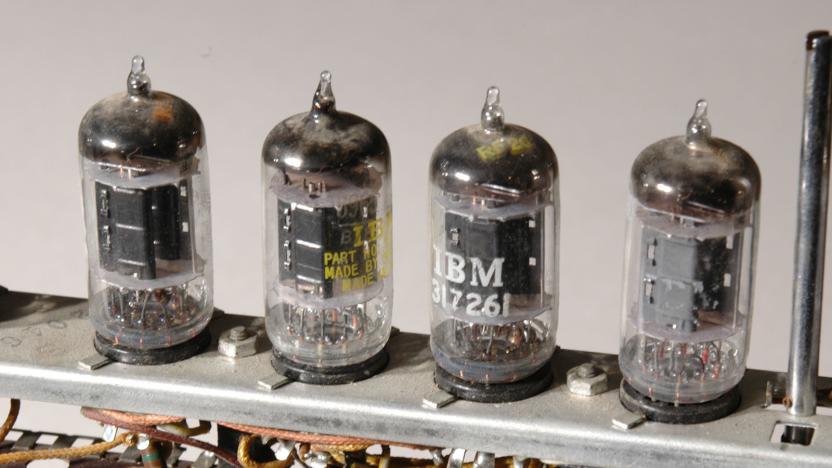
Scientists built a chip without semiconductors
Remember those old-timey room-sized vacuum-tube-powered computers with less processing power than your smartphone? That tech might be making a comeback, thanks to work from scientists from UC San Diego. They've built the first semiconductor-free, laser-controlled microelectronics device that uses free electrons, much as vacuum tubes do. The research could result in better solar panels and faster microelectronic devices that can carry more power.
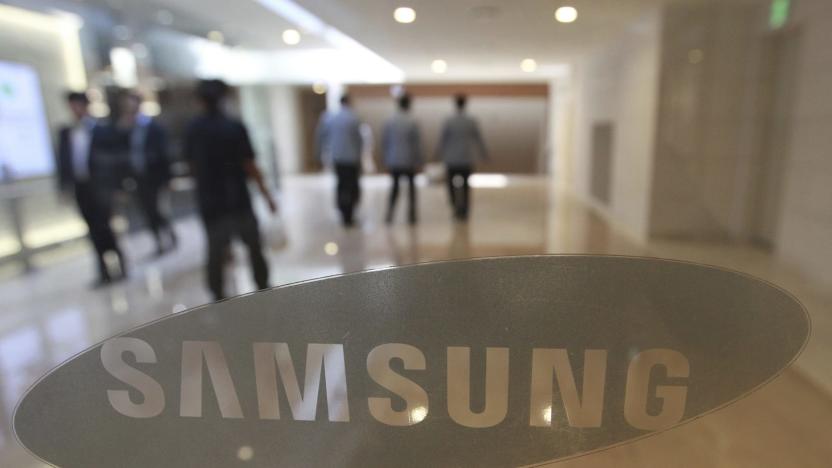
Samsung's vision of the mobile future is 4K-and-VR ready RAM
While Samsung's customers (and stock price) are still reeling from the Galaxy Note 7 immolation debacle, the tech giant is focusing on the future. As such, the company has introduced a new type of memory that should "greatly improve mobile user experiences, especially for those using Ultra HD, large-screen devices," according to a statement. Specifically, it's 8GB LPDDR4 (low power, double data rate 4) that takes advantage of 16Gb LPDDR4 chips working in concert with 10-nanometer class process technology. Now, note that's not 10nm proper, but somewhere between 10-and-20 nanometers. It seems 1-nm is too far in the future for now.

Intel to manufacture ARM chips in a bid for mobile domination
Intel is flexing its manufacturing muscle in an attempt to get inside your next phone. To do that, it has entered a licensing deal with ARM, according to a report from Bloomberg. Without this license, excess manufacturing space goes to waste. But with it, Intel can make processors for Apple, Qualcomm and Samsung -- the biggest players in smartphones. This gives Intel a much-needed boost in the mobile space that it couldn't achieve on its own.

Army scientists build smaller, tougher, cheaper solar cells
Army researchers at the Redstone Arsenal have announced a significant breakthrough in solar energy production. They've created a photovoltaic solar panel that is smaller, more robust and less expensive to build and operate than any other panel currently available. Virtually every solar panel currently in existence relies on a pure silicon construction, however the band gap (the wavelength of light that it can actually be absorbed and converted into electricity) of single crystal silicon is exceedingly narrow compared to the full spectrum shining down from the Sun. Not only does this mean that conventional panels are missing out on potential power, the ultraviolet and infrared wavelengths actively damage the panels by causing them to heat, warp and crack.
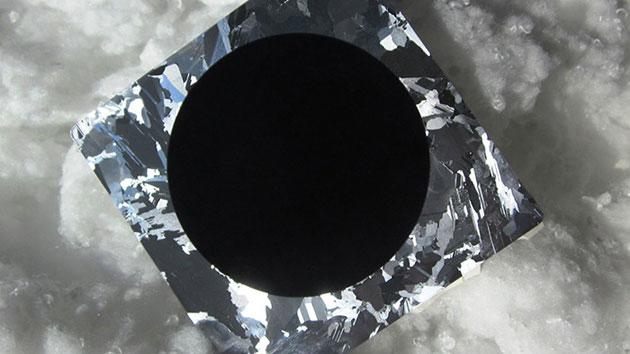
Super-efficient solar cells can power homes in unforgiving areas
Scientists have long talked about black silicon (that is, silicon with nano-sized structures) having the potential to trump conventional solar power, and there's now some proof that this is happening. Aalto University researchers have developed black silicon solar cells that achieve a record 22.1 percent efficiency when turning the Sun's rays into usable energy. That's a 4 percent absolute boost over the previous best in black silicon, and good enough that the technology could finally be ready to reach the market and replace existing solar panels. Black silicon is far better suited to collecting sunlight at low angles, which is common in northern regions -- you wouldn't have to live in a sunny, forgiving part of the world to get the most out of clean energy. It should be cheaper, too. So long as these black cells translate well to mass production, you may have an easier time ditching the conventional power grid.

Entangled photons on a chip could lead to super-fast computers
Photon entanglement is one of the odder properties of quantum physics, but it promises a lot for computing -- if one photon can instantly affect another no matter how far away it is, you could make super-speedy computers and communications that aren't easily limited by physical distances. It hasn't been easy to get entanglement tech down to a manageable size, however, and that's where Italy's Università degli Studi di Pavia might just come to the rescue. Its researchers have developed a tiny emitter that could pump out entangled photons as part of an otherwise ordinary silicon chip. The device, which uses a ring shape to both rope in and emit light, measures just 20 microns across. That's hundreds of times smaller than existing devices, which are comparatively gigantic at a few millimeters wide.

The world's smallest magazine cover is 2,000 times smaller than a grain of salt
No, National Geographic Kids didn't forget to buy colored ink -- that's a blown-up view of the smallest-ever magazine cover, created by IBM to set a Guinness world record. The tech firm used a miniscule, heated silicon "chisel" to etch a polymer image measuring just 11 micrometers by 14 micrometers, or 2,000 times tinier than a grain of salt. The image is more detailed than you might expect at such a miniscule size, too. IBM's instrument responds to subtle changes in pressure in the same way that a 3D printer might, giving it accuracy down to a single nanometer.

Researchers create self-healing batteries inspired by artificial robot skin
In the race to create a better battery, scientists have gazed longingly at silicon, prized for its ability to hold copious energy during charging. The material has a significant drawback, however: it likes to expand during said charging, causing it to eventually crack and become useless. However, scientists at Stanford's SLAC laboratory have developed silicon electrodes that repair themselves, inspired by -- of all things -- the latest research into robotic skin. They created a silicon polymer with weak chemical bonds which attract each other when the material cracks, allowing it to regain its shape in a few hours (as pictured above). The team managed a respectable 100 discharge cycles with a battery that used the material, a promising start but still far from their goal of 3,000 cycles for an electric vehicle. You can add that to the growing pile of promising battery tech that may amount to something, some day -- but at least the odds keep getting better.








